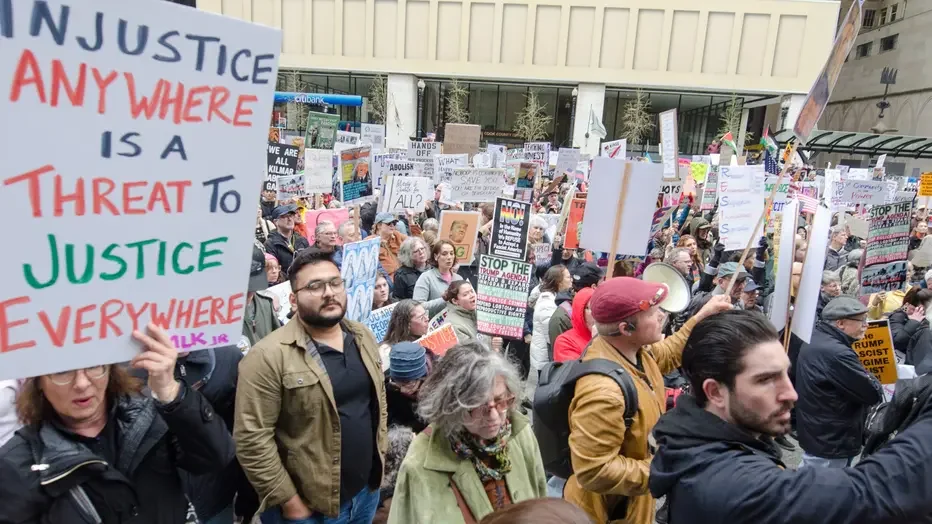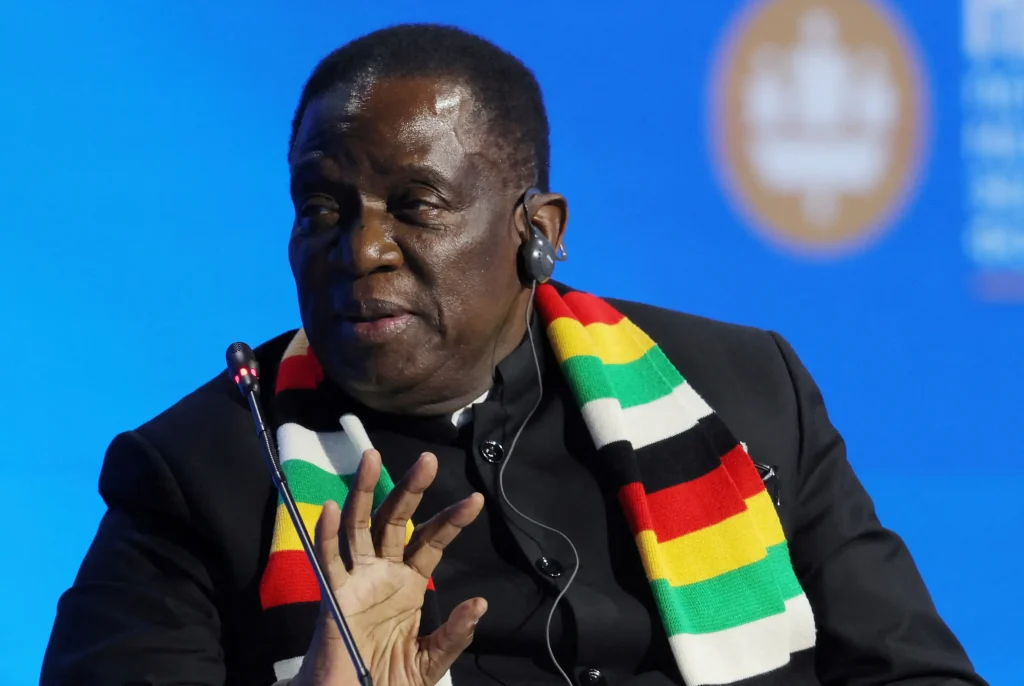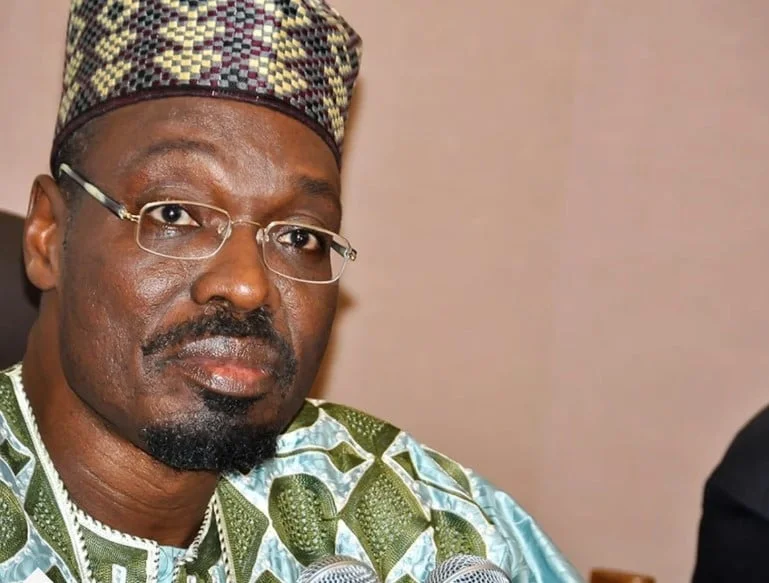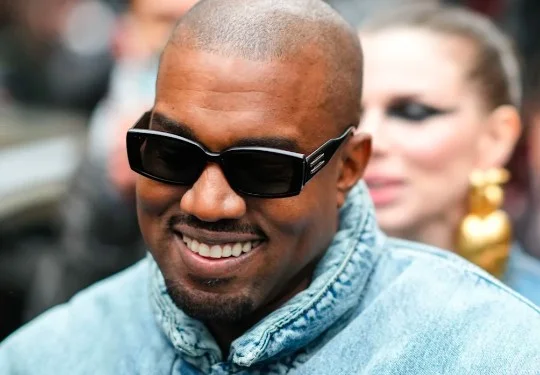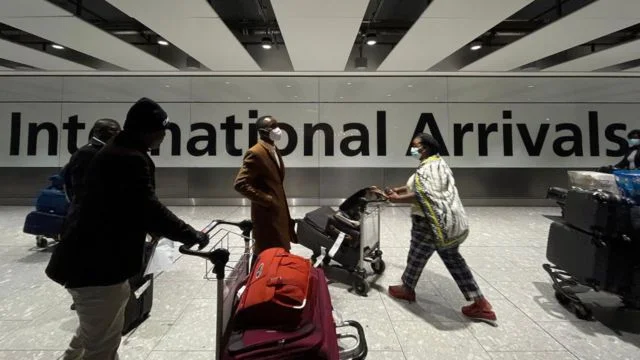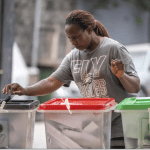On Saturday, October 18, 2025, millions of protesters filled streets in cities like Washington D.C., New York, Los Angeles, Boston, and Portland as part of the ‘No Kings’ movement. Over 2,700 rallies, the second wave since June, saw an estimated 7 million participants, surpassing the earlier 5 million.
Demonstrators criticized President Donald Trump’s recent actions, including moves to challenge birthright citizenship and expand immigration enforcement, which they view as threats to democracy.
Organized by groups like Indivisible and MoveOn, the protests portrayed Trump as ruling like a monarch rather than an elected leader.
Banners and chants demanded an end to what many called authoritarian tendencies, urging a return to democratic principles. In New York, colorful costumes and flags added vibrancy to the serious message of protecting constitutional rights.
Voices of Resistance
Protesters shared personal motivations. In Chicago, a local leader rallied the crowd, stressing unity across communities against policies seen as divisive.
A Los Angeles retiree, attending her 42nd protest since Trump’s term began, wore a costume to symbolize defiance against centralized power.
In Michigan, Debbie Rosenman, a teacher, rejected the White House’s claim that the rallies were anti-American. “This is about loving our country and defending its values,” she said at a D.C. event.
In San Francisco, demonstrators formed human chains on beaches, spelling out messages of resistance. A 70-year-old from Michigan drove hours to join the D.C. rally, marking her birthday with a call to preserve democratic institutions. These voices underscored a shared concern over policies impacting workers, immigrants, and governance.
European Cities Join In
Across Europe, hundreds rallied in cities like Berlin, Paris, Madrid, and Lisbon, organized by groups like Democrats Abroad. These protests criticized Trump’s policies for weakening America’s global standing and straining alliances.
In Paris, near the U.S. Embassy, signs highlighted fears of democratic erosion, linking U.S. actions to global concerns about governance.
White House Pushback
The Trump administration dismissed the protests as divisive, with supporters labeling them “Hate America” events. During the rallies, Trump, at a golf course, shared a controversial social media post mocking demonstrators, which drew sharp criticism for insensitivity.
The administration argued the protests ignored economic gains, but critics pointed to the ongoing government shutdown as evidence of mismanagement.
A Movement for Change
Despite the scale, the rallies remained largely peaceful, with organizers emphasizing nonviolent principles. Spanning diverse regions, the protests highlighted deep national divides over immigration, constitutional integrity, and executive authority.
Displays like inflatable figures in Portland and symbolic costumes in Boston reflected resilience amid tension.
The ‘No Kings’ movement, the largest single-day protest against a sitting U.S. president in recent history, signals growing resistance. Protesters, from a New York healthcare worker worried about job security to a Chicago student advocating for fairness, expressed hope for accountability. As the movement grows, it underscores a demand for policies rooted in democratic values over unilateral control.
Ukrainian Soldier Heals Mental Scars at Lviv’s Unbroken Centre

